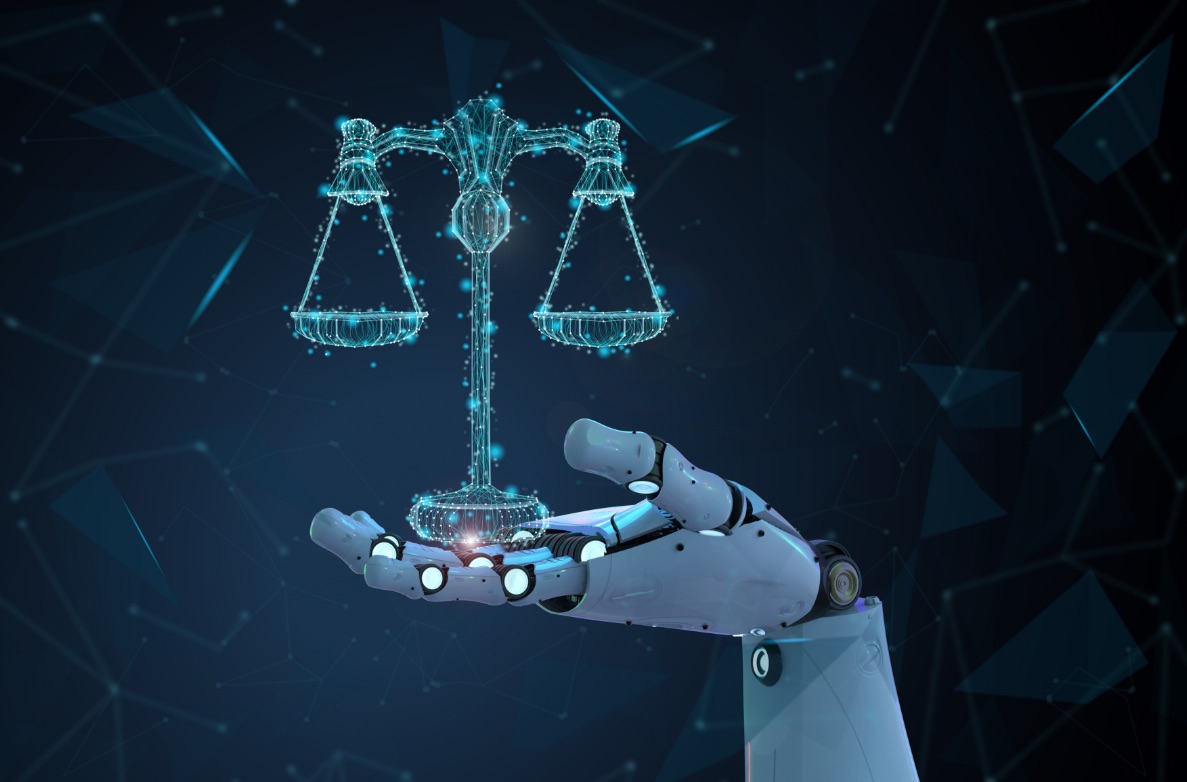Latest Update 4 years ago
The Myth of Legal Technology – Unravelling the truth and mysteries in Legal Tech
As the legal industry becomes increasingly tech-enabled, many myths, theories and perceptions regarding the complex programs and systems have begun to surface – all questioning its legitimacy, accuracy and security. So, here we unravel the top 3 myths that shroud these technologies, particularly in the domain of law.

Myth #1: Technology does not belong to the legal world.
While many big and successful law firms believe technology-based decisions are the way of the future and have dedicated efficient IT departments for the purpose, smaller, more conventional law firms still resist legal technology solutions either because of a lack of know-how or budget. But irrespective of the size of the firm, budget constraints or the specialisation of the practice, what has been proved time and again is that technology-based solutions make the work easier, more efficient and cost effective. Legal technologies in particular contain the potential of completely restructuring the way justice is sought and rendered.
Myth #2: Technology will make data more insecure or difficult to control.
Arguably, data privacy is one of the major concerns in legal technology; but the evolving nature of the tech industry guarantees that constant efforts are being made to consistently improve upon security protocols and features. Digital signatures now ensure that documents are appropriately validated and many reputable cloud-storage providers take adequate measures to enforce data privacy and security. Also, access management protocols make it possible for users to monitor, track and manage the access to data – an aspect that is much harder to achieve in paper formats.
Myth #3: Technology will make us redundant.
One of the most troubling concerns around legal technology is that professionals will find themselves replaced by cutting-edge systems like Artificial Intelligence for instance. The truth however is that most of the solutions are basically designed to tackle mundane and time-consuming tasks, allowing professionals to spend their time on more pressing matters, high-value work and take on more cases. It is also important to note that legal technologies contain tremendous opportunities for professionals to design and control these technology-based solutions – ensuring that more jobs are created in the process.
Professionals who have long depended on traditional methods are naturally sceptical of innovations flooding the legal landscape. But for the sake of growth and ensuring that justice remains fair and equitable to all, it is important that practitioners not dwell on rumours and half-baked theories and embrace change in its earnest. Change after all is the only constant.












